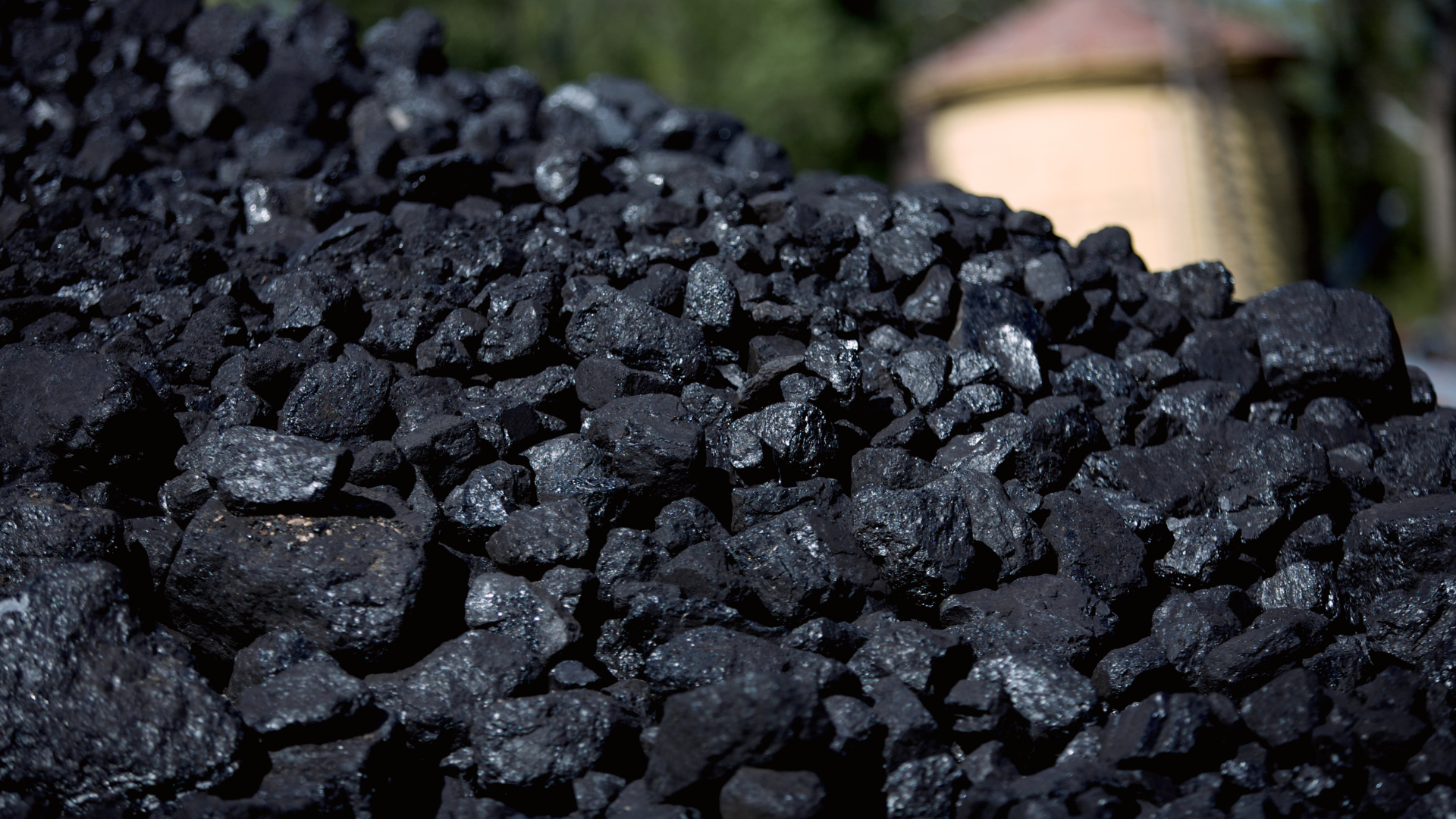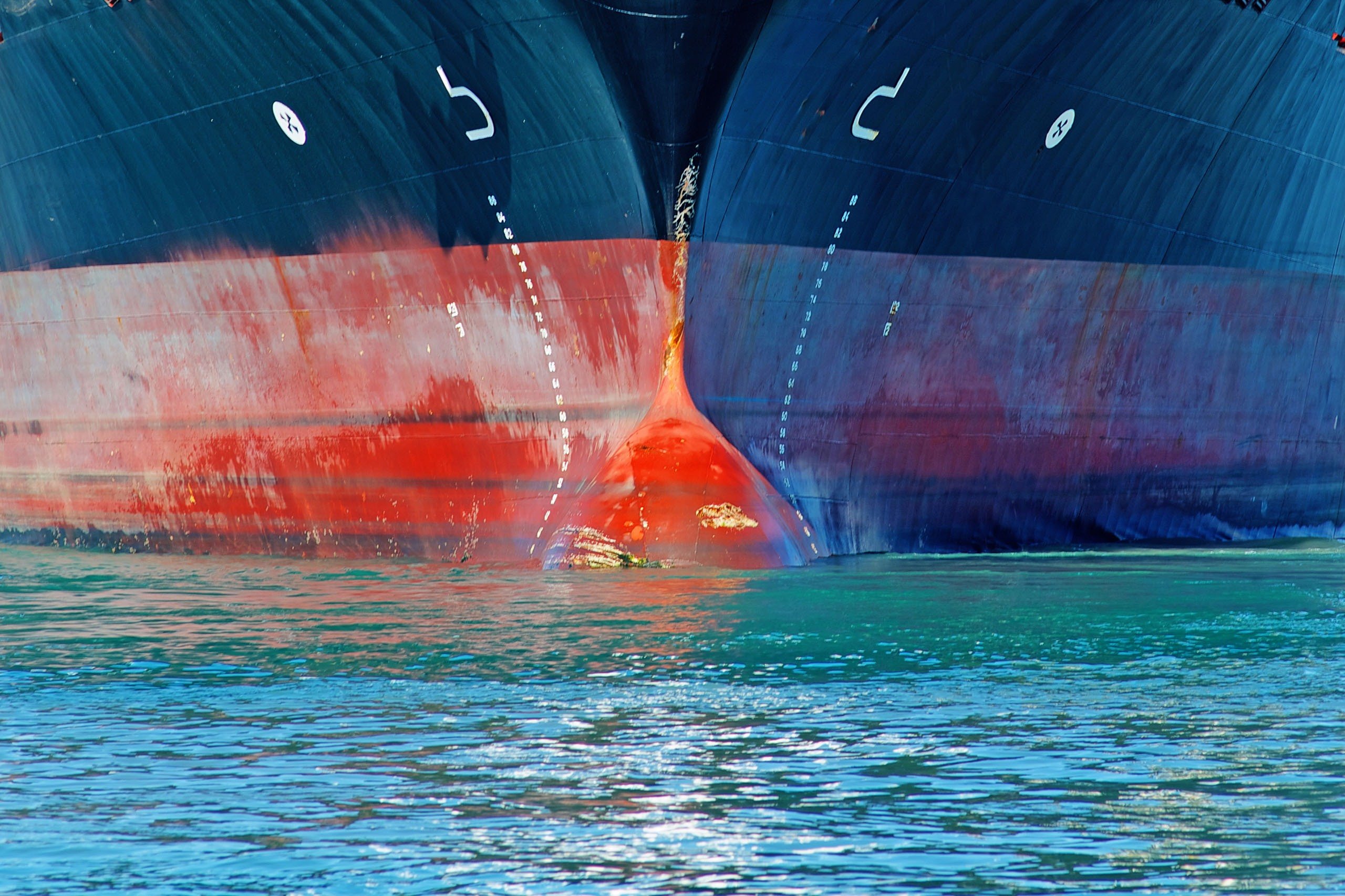EUの温室効果ガス削減プラン「The FuelEU Maritime initiative」は、2030年までに温室効果ガス排出量を少なくとも55%削減することを目標としており、EUの気候変動緩和対策におけるきわめて重要な一歩となっています。本稿では、The FuelEU Maritime initiativeの概要、規制の構造、規制遵守のためのメカニズム、海運業界における影響について説明しています。
Introduction
The FuelEU Maritime initiative represents a pivotal step in the European Union’s ongoing efforts to mitigate climate change, with the aim to reduce GHG emissions by at least 55% by 2030. This article provides a short-form analysis of the initiative, its regulatory framework, the mechanisms for compliance, and the broader implications for the maritime industry.
Reducing the Lifecycle GHG Intensity for Fuels
The FuelEU Maritime initiative introduces a series of regulatory measures aimed at reducing the GHG intensity of fuels used by ships operating in EU waters.
It applies to ships over 5,000 GT making port calls in EU/EEA Member States, regardless of their flag state. The regulations cover various types of voyages, ensuring that the majority of shipping activities related to the EU are subject to these new GHG intensity limits.
Implemented will occur phases, with progressively stricter GHG intensity limits set for 2025, 2030, 2035, 2040, 2045, and 2050.
The baseline GHG intensity is set at 91.16 grams of CO2 equivalent per megajoule (gCO2eq/MJ), which represents the average GHG intensity of maritime fuels in 2020. From this baseline, the required reductions are as follows:
- 2025: A 2% reduction from the 2020 level, resulting in a GHG intensity limit of 89.34 gCO2eq/MJ.
- 2030: A 6% reduction, resulting in a GHG intensity limit of 85.69 gCO2eq/MJ.
- 2035: A 14.5% reduction, resulting in a GHG intensity limit of 77.94 gCO2eq/MJ.
- 2040: A 31% reduction, resulting in a GHG intensity limit of 62.30 gCO2eq/MJ.
- 2045: A 62% reduction, resulting in a GHG intensity limit of 34.64 gCO2eq/MJ.
- 2050: An 80% reduction, resulting in a GHG intensity limit of 18.23 gCO2eq/MJ.
How will the new GHG intensity limits be applied?
Voyages between EU/EEA ports and ships at berth in EU-EEA ports: 100% of the fuel used on these voyages will be subject to GHG intensity limits.
Voyages between an EU/EEA port and a non-EU/EEA port: 50% of the fuel used will be covered by the regulations.
Fuel used while the ship is at berth in EU/EEA ports: 100% of the fuel used is subject to GHG intensity limits.
Certain container transshipment ports are excluded from being considered a “port of call” under FuelEU Maritime regulations. This exception applies to ports that meet specific criteria:
Location Criteria: The port must be located outside the EU but within 300 nautical miles of an EU/EEA Member State port.
Transshipment Share Criteria: The port must have a transshipment share (measured in Twenty-Foot Equivalent Units or TEU) exceeding 65% of the total container traffic at that port during the most recent 12-month period for which data is available.
Voyages that precede and follow excluded ports will be treated as consecutive voyages under the FuelEU Maritime regulations.
A list of excluded container transshipment ports will be published before 1 January 2025.
Use of On-shore Power Supply (OPS):
From 1 January 2030, container ships and passenger ships will be required to use On-shore Power Supply (OPS) when alongside at specified EU ports, in order to reduce the emissions they produce while alongside . If the ship does not (or cannot) use the OPS when provided, then the company will be issued with a penalty notice.
Use of Renewable Fuels of Non-Biological Origin (RFNBOs):
If the use of Renewable Fuels of Non-Biological Origin (RFNBOs) in maritime activities covered by FuelEU Maritime is less than 1% by 2031, from 1 January 2034, each ship will be required to use at least 2% RFNBOs on an energy basis during EU-related voyages. RFNBOs are renewable fuels that do not originate from biological sources, such as hydrogen produced using renewable energy.
These regulations and targets are ambitious, reflecting the EU’s commitment to achieving climate neutrality by 2050. They are also designed to drive the adoption of cleaner fuels and technologies in the maritime sector, ensuring that the industry plays a key role in the transition to a low-carbon economy.
Who has primary responsibility for compliance?
The primary responsibility for compliance with the FuelEU Maritime regulations will be with the holder of the ISM Document of Compliance. This could be the shipowner or another entity that has assumed responsibility for the operation of the ship, such as a ship management company or bareboat charterer.
Each company is required to be registered with an Administering State of an EU/EEA Member State, and this registration is likely to be consistent across EU-ETS, EU-MRV, and FuelEU Maritime systems. There is expected to be more clarity regarding these requirements in the near future.
How will ships submit their emissions data?
Each ship subject to the FuelEU Maritime regulations must develop and submit a FuelEU Monitoring Plan. This plan outlines the procedures for monitoring fuel use, calculating energy consumption, and determining GHG emissions. The plan must be submitted via the THETIS-MRV system, which is linked to the FuelEU Database, before 31 August 2024.
The MRV system ensures that ship operators accurately monitor their fuel consumption, energy use, and GHG emissions, and that this data is reported and verified to ensure compliance with the regulations.
When are ships required to start collecting fuel use and emissions data?
Once their monitoring plan is in place, ship operators must begin collecting data on their fuel use and emissions starting in January 2025. This data will then be assembled into an annual FuelEU Report, which must be submitted by 31 January the following year.
The report will be subject to verification by an independent verifier, who will review the data and ensure that it complies with the regulatory requirements. This report will be verified and recorded in the FuelEU database by 31 March 2026. During this period, companies can also record any banking, borrowing, or pooling actions (see below) related to the GHG intensity limits in the FuelEU database by 30 April 2026.
By 30 June 2026, ships will receive a FuelEU Document of Compliance, verified by an independent verifier if they meet the requirements. If a ship fails to meet the requirements, they will be required to pay a penalty, by 30 June , after which the FuelEU Document of Compliance will be issued by the competent authority. This document is essential for demonstrating compliance with the FuelEU Maritime regulations and must be presented during port inspections and other regulatory checks.
Key Dates:
31 August 2024: Submit a FuelEU Monitoring Plan
January 2025: Start collecting fuel use and emissions data
31 January 2026: Submit first annual FuelEU Report
31 March 2026: Receive verification of first annual FuelEU Report
30 April 2026: Deadline for recording banking, borrowing, or pooling actions
30 June 2026: Receive FuelEU Document of Compliance
What are the other methods to manage the compliance obligations?
To provide flexibility in meeting the GHG intensity limits, FuelEU Maritime allows three key mechanisms: banking, borrowing, and pooling, These mechanisms will allow ship operators to manage their compliance obligations more effectively and reduce the risk of non-compliance.
The concept of a ‘Compliance Balance’ is central to these mechanisms. It represents the difference between the GHG intensity limit of the year and the actual GHG intensity of the ship, multiplied by the energy used on board. The Compliance Balance is a quantitative measure of a ship’s over-compliance (surplus) or under-compliance (deficit) with the GHG intensity limit. This balance determines whether a ship can bank surplus units, needs to borrow from future compliance, or must engage in pooling.
Banking: If a ship’s GHG intensity is below the required limit in any given year, the surplus can be banked and carried forward to the following year, allowing operators to build a reserve of compliance units and offering flexibility in managing emissions over time. This compliance surplus, generated when a ship’s GHG intensity is lower than the regulatory limit, can be used to offset potential exceedances in future years. If, in a subsequent year, the ship’s GHG intensity exceeds the limit, the previously banked compliance balance can be applied to meet the current year’s requirements, enabling ship operators to manage fluctuations in GHG performance and achieve long-term compliance without facing immediate penalties.
Borrowing: If a ship exceeds the GHG intensity limit in a given year, the operator can borrow up to 2% of the following year’s compliance units to cover the deficit, with the borrowed amount needing to be repaid with an additional 10% penalty in the subsequent year. This mechanism provides flexibility, allowing ships to remain compliant even when they temporarily exceed limits. However, 1.1 times the borrowed units will be added to the next year’s GHG intensity requirement, ensuring overall compliance by necessitating greater reductions. The borrowing is capped at 2% of the GHG intensity limit for the year, calculated based on the ship’s energy consumption, and cannot be used for two consecutive years, promoting consistent year-on-year compliance improvements.
Pooling: Ship operators can pool the compliance units of multiple vessels within a fleet, allowing them to offset the higher GHG intensity of older or less efficient ships with surpluses generated by newer, more efficient ones, thereby optimising their compliance strategy across vessels. The pooling mechanism enables a shipping company to manage compliance deficits within a group of ships by using surplus compliance from other ships with lower GHG intensity, thus balancing GHG emissions across the fleet and ensuring overall compliance with regulatory limits. However, pooling can only occur within one organised pool at a time. Additionally, ships that have used the borrowing mechanism cannot participate in a pool, in order to prevent double-counting of compliance efforts. This strategic flexibility helps companies optimise their overall GHG compliance by leveraging the strengths of different ships.
These mechanisms are designed to balance the need for stringent emissions reductions with the practical realities of operating a diverse fleet of ships.
What happens if a ship can’t achieve compliance with the regulations?
Ships must compare their GHG intensity with the regulatory limits for the relevant years.
If the limit is not achieved, and a ship has a compliance deficit even after adjusting its Compliance Balance through banking, borrowing, or pooling, the ship can achieve compliance by paying a penalty. This penalty effectively compensates for the ship’s failure to meet the GHG intensity requirements. The penalties are calculated based on the extent to which a ship exceeds the GHG intensity limit and the amount of energy used on board.
The penalties are designed to be progressively more stringent for ships that fail to comply with the GHG intensity limits for multiple consecutive years. For example, if a ship fails to achieve the required GHG intensity limit for two consecutive years, the penalty is multiplied by 1.1. If the non-compliance continues into a third year, the penalty multiplier increases to 1.2, and so on.
This escalation of penalties is intended to incentivise compliance and ensure that ships take appropriate steps to reduce their GHG emissions. By progressively increasing the consequences of non-compliance over time, the system aims to encourage continuous improvement in emissions performance.
Currently, provisional calculations can be done and are likely to guide ships in assessing their current and future compliance with the GHG intensity limits.
Conclusion
The implementation of FuelEU Maritime will have a profound impact on shipping operations, particularly for companies operating in or trading with the EU. The need to comply with GHG intensity limits will require ship operators to rethink their fuel strategies, optimise their fleets, and implement energy efficiency measures to reduce emissions. One of the key challenges will be managing the transition to alternative fuels while maintaining operational efficiency and profitability.
The transition to low-carbon and zero-carbon fuels, as mandated by FuelEU Maritime, will involve significant costs for the maritime industry. These costs can be broadly categorised into fuel costs, capital expenditures, and compliance costs. Alternative fuels such as hydrogen, ammonia, methanol and biofuels are currently more expensive than traditional fossil fuels, and retrofitting existing ships or investing in new vessels designed for these fuels will require substantial capital outlay.
The implementation of the FuelEU Maritime Initiative is occurring in phases, with major milestones set for 2024, 2025, and beyond. This phased approach is intended to provide ship operators with adequate time to comply with the new regulations and to invest in the necessary technologies and fuels. As the limits become stricter over time, ship operators will need to closely monitor their emissions and adapt their practices accordingly.
Regarding contractual arrangements, BIMCO is currently drafting a clause to be included in the Shipman management agreement. The availability date of this clause is still unknown. Given that a vessel’s ability to meet the GHG intensity target depends on the type of bunkers provided, owners and time charterers must agree on several key issues. These include the type of fuel supply, voyage planning, handling penalties, and determining who will benefit from any compliance surplus.





